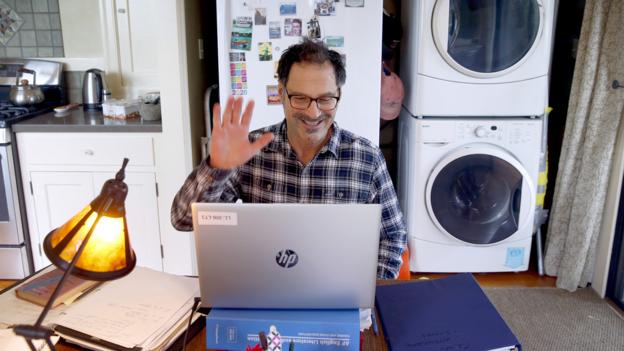Last year, Allen and his colleagues reviewed academic literature and came away with 10 evidence-backed general principles that raise meeting satisfaction and effectiveness. He shared a summarised version with the group:
Invite only the people who need to be there. Attendees should be limited to those whose expertise is necessary to accomplish the tasks at hand.
Schedule the meeting to match its goals. A meeting shouldn’t be an hour if the content can be effectively discussed in 27 minutes.
Use your agenda wisely. A detailed agenda circulated beforehand allows people to prepare. It becomes useless if not adhered to. Keep discussions focused and on task.
Arrive early – or at the very least, on time. Tardiness wastes everyone’s time. In addition, research shows that a few minutes of pre-meeting chitchat helps people feel more comfortable speaking up in the discussion later.
Debrief afterwards. Immediately after the meeting, leaders should send minutes and action items, and clearly identify the people responsible for following through.
Side benefits
Now, the uncomfortable question: could the meeting about meetings just have been an email?
On a purely informational basis: possibly. The first part of the day was spent in various presentations about meetings, group behaviour, and the like, and during the afternoon the participants broke into groups to brainstorm those ideas about how meetings could go better.
In the group brainstorming sessions, participants tossed out creative ideas: have all participants wear matching jumpsuits to eliminate hierarchy. Trade content at the beginning of a meeting and force colleagues to present one another’s ideas. Give the moderator a heat map to monitor when participants are physically stressed or excited by an idea (yikes). Create a class of professionals whose primary function is to run meetings, or just scrap them altogether and just let chaos unfold.
Yet no cohesive theory of meeting disruption emerged. Despite the abundance of collected talent, it will take far more than one eight-hour workshop to invent a viable meeting replacement. That painful weekly check-in is still on your calendar; you will still be able to hear Paul’s dog in the background the next time he works from home.
Perhaps this experiment reinforces the idea that meetings aren’t the ideal subject for ‘moonshot’-style thinking. Walshe describes high-performance training as 70% evidence-based practices (for an athlete, good sleep and nutrition; for a meeting goer, showing up on time and sticking to the agenda), 20% experimental training, and 10% out-there longshots. Perhaps the same can apply to meetings – but, as Allen and others pointed out, most managers still aren’t even nailing the 70%.
But what would have been lost had they never met at all? Why do any group of people gather in a professional environment?
Some were intrigued by the participant list and excited to meet new potential collaborators. Others wanted to reconnect with people already in their network. For those who focus on meetings for a living, it was a valuable research opportunity. And a few just wanted to get out of their office for a day. And on those fronts, the day was a success.
There are a lot of reasons people meet that have nothing to do with the information on the agenda. A good meeting is one where everyone wants to be there.













